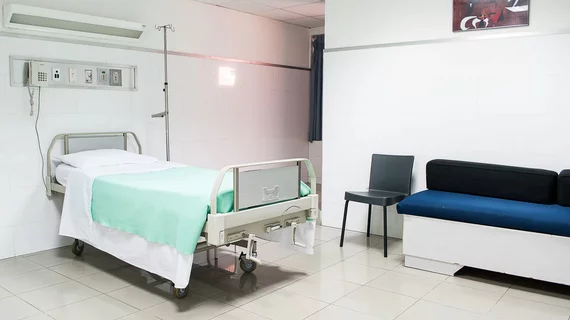Venous thromboembolism (VTE) is a common complication among hospitalized patients, one that leads to longer lengths of stay and costs health systems up to $10 billion annually. The American Heart Association (AHA) has called for healthcare providers to cut hospital-acquired VTE by 20% in the next 10 years, publishing an 18-page policy statement on the topic in Circulation.
“This policy statement serves as a call to action to reduce incidents of VTE, a preventable disease and a major cause of death in hospitalized patients,” lead author Peter K. Henke, MD, said in an AHA news release. “Standardized risk assessment and national tracking in hospitals are essential steps to prevent VTE in patients nationwide. The AHA welcomes the opportunity to work with hospitals to ensure progress is made in reducing VTE, raising public awareness and providing support to patients and families.”
VTE includes deep venous thrombosis of the legs or pelvis and pulmonary embolism. Numerous studies have found that the appropriate use of primary thromboprophylaxis in high-risk patients can make a big impact on reducing VTE, the authors wrote, yet thromboprophylaxis “remains either underused or misapplied.” Public awareness about VTE is also low, yet another factor keeping VTE numbers from dropping.
Acute stroke is one significant risk factor associated with VTE. One study out of Norway, for instance, found that “ischemic stroke was associated with a 3-fold greater risk of VTE compared with no stroke.” Patients with congestive heart failure are also at a high risk of VTE, due to both “the condition itself and shared comorbid conditions associated with VTE.”
Urinary tract infections, pneumonia and inflammatory bowel disease were all listed as other risk factors for VTE.
Henke et al. identified five key policy changes that can “lead to better implementation, tracking and prevention of VTE events,” sharing them the AHA release. They are:
- Performing VTE risk assessments and reporting the results
- Including VTE as an important benchmark when judging hospital performance
- Improving the general public’s awareness of VTE
- Tracking VTE nationally
- Developing a national registry for VTE data

